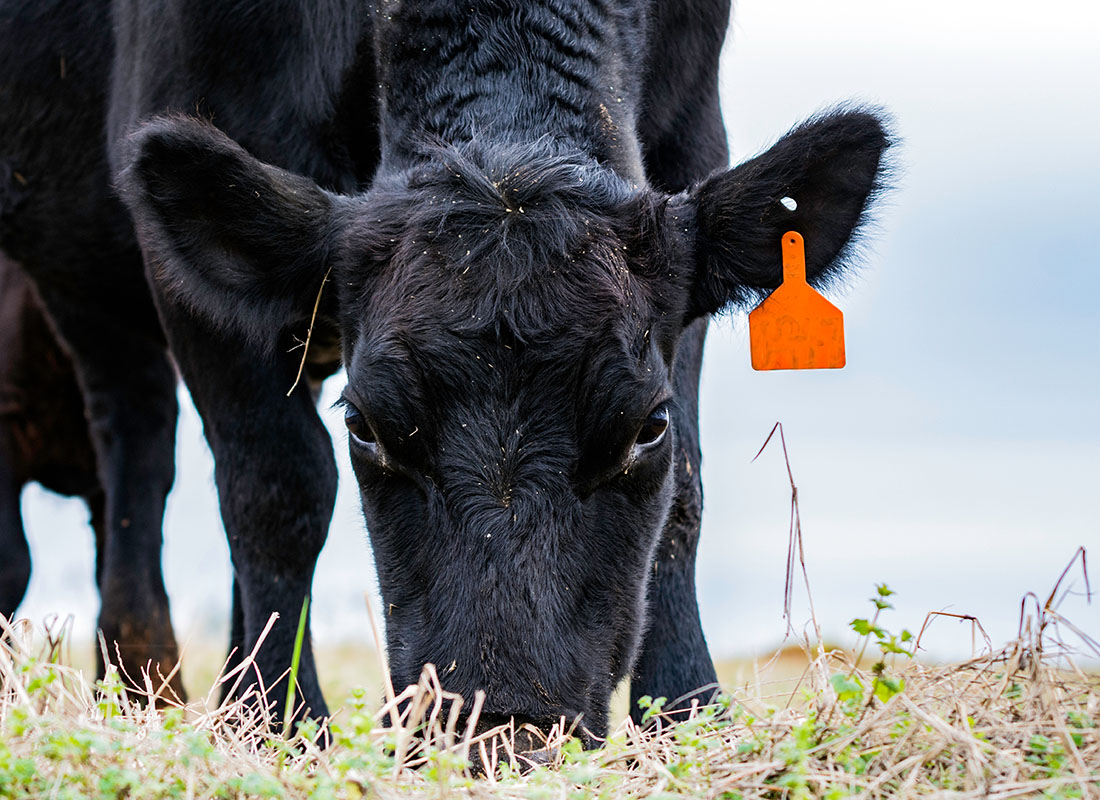Bagley Risk Management Solutions: Your Guard Against Unpredictability
Wiki Article
Recognizing Livestock Threat Protection (LRP) Insurance Coverage: A Comprehensive Overview
Navigating the world of livestock threat defense (LRP) insurance policy can be a complicated endeavor for several in the agricultural sector. From exactly how LRP insurance operates to the different protection alternatives available, there is much to uncover in this extensive guide that might possibly form the way livestock manufacturers approach danger management in their services.

Just How LRP Insurance Functions
Occasionally, recognizing the auto mechanics of Livestock Danger Security (LRP) insurance policy can be intricate, yet breaking down just how it functions can offer clearness for ranchers and farmers. LRP insurance coverage is a risk management tool created to secure animals producers versus unanticipated cost declines. The policy enables manufacturers to establish a protection level based on their particular demands, selecting the number of head, weight range, and coverage rate. Once the plan is in area, if market value fall listed below the protection cost, producers can submit a claim for the distinction. It is necessary to note that LRP insurance coverage is not an income guarantee; rather, it concentrates entirely on cost threat defense. The coverage duration typically ranges from 13 to 52 weeks, supplying adaptability for manufacturers to select a period that lines up with their manufacturing cycle. By making use of LRP insurance, farmers and breeders can mitigate the financial risks connected with rising and fall market costs, making sure better security in their procedures.Eligibility and Insurance Coverage Options

When it comes to coverage alternatives, LRP insurance policy provides manufacturers the adaptability to pick the coverage degree, coverage period, and recommendations that best match their risk management requirements. By recognizing the qualification criteria and insurance coverage choices readily available, animals manufacturers can make informed decisions to take care of threat successfully.
Pros and Cons of LRP Insurance Coverage
When evaluating Animals Threat Security (LRP) insurance policy, it is essential for livestock manufacturers to consider the benefits and disadvantages fundamental in this danger monitoring tool.
Among the main benefits of LRP insurance policy is its capacity to offer protection versus a decrease in livestock rates. This can assist secure manufacturers from financial losses resulting from market variations. Additionally, LRP insurance coverage provides a degree of adaptability, permitting manufacturers to personalize protection degrees and plan periods to fit their certain demands. By locking in an assured price for their animals, manufacturers can much better manage risk and prepare for the future.
Nonetheless, there are likewise some disadvantages to think about. One limitation of LRP insurance coverage is that it does not shield versus all kinds of dangers, such as condition break outs or natural catastrophes. Costs can occasionally be expensive, especially for producers with huge animals herds. It is important for producers to carefully examine their private risk exposure and monetary scenario to establish if LRP insurance is the ideal danger administration device for their operation.
Recognizing LRP Insurance Coverage Premiums

Tips for Taking Full Advantage Of LRP Perks
Making the most of the advantages of Livestock Danger Security (LRP) insurance calls for strategic preparation and proactive threat monitoring - Bagley Risk Management. To take advantage of your LRP insurance coverage, take into consideration the following ideas:Frequently Analyze Market Problems: Keep educated about market visit the site fads and cost fluctuations in the animals sector. By keeping an eye on these factors, you can make educated decisions regarding when to purchase LRP insurance coverage to secure versus prospective losses.
Establish Realistic Protection Levels: When choosing protection degrees, consider your production costs, market worth of livestock, and prospective threats - Bagley Risk Management. Setting realistic coverage levels guarantees that you are appropriately shielded without overpaying for unneeded insurance coverage
Diversify Your Protection: Rather than relying entirely on LRP insurance policy, consider expanding your threat management approaches. Incorporating LRP with various other danger management tools such as futures contracts or choices can supply comprehensive protection against market uncertainties.
Evaluation and Change Protection Regularly: As market problems change, periodically evaluate your LRP protection to guarantee it lines up with your existing risk exposure. Adjusting protection degrees and timing of purchases can assist maximize your danger security technique. By following these tips, you can optimize the benefits of LRP insurance and guard your animals operation versus unexpected threats.
Final Thought
Finally, animals risk defense (LRP) insurance is a valuable tool for farmers to take care of the economic threats associated with their livestock operations. By comprehending just how LRP works, qualification and insurance coverage options, as well as the advantages and disadvantages of this insurance policy, farmers can make informed choices to protect their incomes. By very carefully considering LRP costs and executing techniques to maximize benefits, farmers these details can mitigate prospective losses and ensure the sustainability of their procedures.
Animals producers interested in obtaining Livestock Danger Security (LRP) insurance can explore a variety of eligibility requirements and coverage options customized to their particular livestock procedures.When it comes to protection choices, LRP insurance policy offers manufacturers the adaptability to select the protection degree, protection period, and endorsements that best fit their risk management demands.To understand the details of Livestock Risk Protection (LRP) insurance fully, understanding the elements affecting LRP insurance policy premiums is important. LRP insurance policy costs are determined by numerous components, consisting of the coverage level chosen, the anticipated rate of livestock at the end of the coverage duration, the type of livestock being insured, and the length of the coverage duration.Testimonial and Readjust Protection Consistently: As market problems transform, periodically review your LRP coverage to ensure it aligns with your existing visit this site danger exposure.
Report this wiki page